A short account of Nahal Taninim given by your Israel & Jerusalem private tour guide
" "Some of the Arabs we sent to Wadi Zarka to look for a crocodile managed to hunt one that was over 11 ft. long. They brought it to us to Nazareth and its head is still with me……" (Henry Baker Tristram, 1863).
Once upon a time the king of Caesarea had two sons. The elder was a leper who used to go every day for a dip in the river hoping to be cured. After their father died, the younger, who wished to be the king, brought crocodiles to the river and this is how he got rid of his brother and became the king, and this is why until today there are crocodiles there…. (a local legend)

click on all the photos to open them up
Wadi Zarka, Nahal Taninim?
Wadi Zarka means Blue River in Arabic, and Nahal Taninim means Crocodile River in Hebrew. Thus, one small river has two names. Here at Nahal Taninim, we find the remains of a small Hellenic city named Crocodilopolis, no less! Today it is a small nature reserve, with a very interesting archaeological site.
Nahal Taninim is about 15 miles long and drains rainwater from the southern Carmel Ridge, going west to the Mediterranean. Close to the coast, it gets more water from the Cabara Springs and becomes a steadily flowing river. Seventeen- hundred years ago, during the Byzantine period, engineers used this water for the great city of Caesarea, located three miles to the south. One small problem was that the water level was not high enough to flow with the help of gravity. There was no way that they could transport the water unless its level was raised.
The damming of the Cabara Valley was a huge engineering project. It was accomplished by constructing a 2,000-yard dam to the north. In addition, a 210-yard dam to the west in the Taninim River was built. Both dams caused the water to remain in the valley, and a lake was created, covering an area of 1,500 acres. An aqueduct carried this water to Caesarea.
The difference in the heights of the water levels on both sides of the dam was used to create kinetic energy by turning waterwheels and spinning grinding stones. Several water mills were built along the dam and were in use for many centuries – until the late Ottoman period.
What can we see in the Taninim nature reserve?
Much of what we see dates back to the Byzantine period, but there are other sights that originate from later times. As we walk along the trail we can see:
• The dam over the river. The trail is on the dam and you can walk upon it.
• A system of water exits (blocked by wooden doors) and channels that moved the water from the back side of the dam to the water mills.
• A system of aqueducts. One of them stops after a few hundred yards because the Roman engineers realized they had made a mistake in judging the height. Another aqueduct was later used to transport the water to Caesarea. Other channels took water to the waterwheels.
• A restored Ottoman water mill.
• The river, and fauna and flora along its banks.


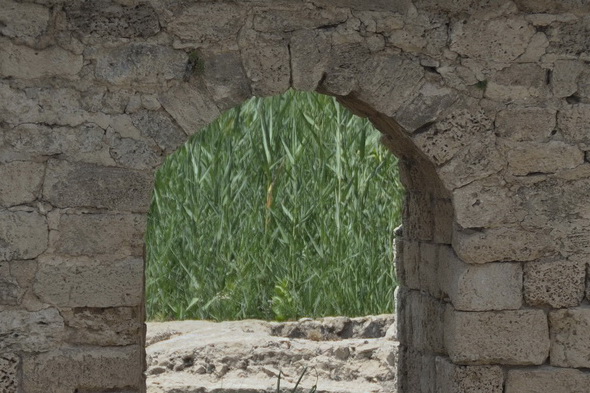

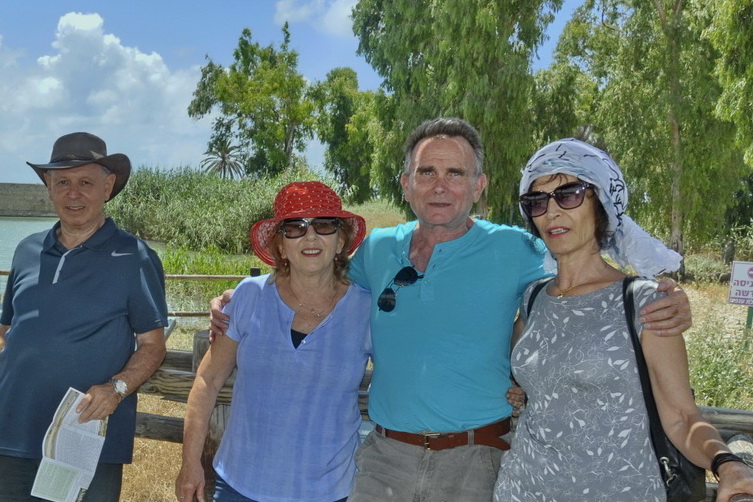
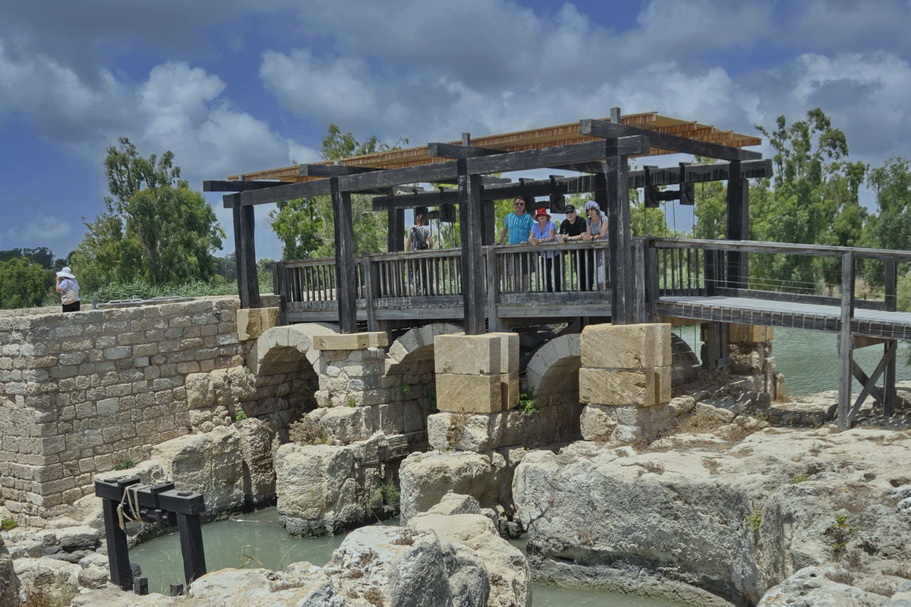
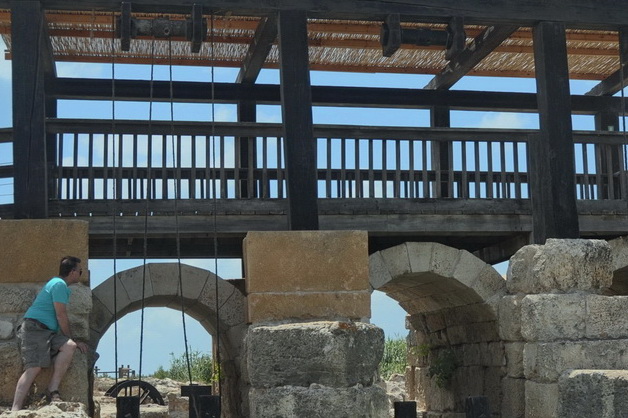
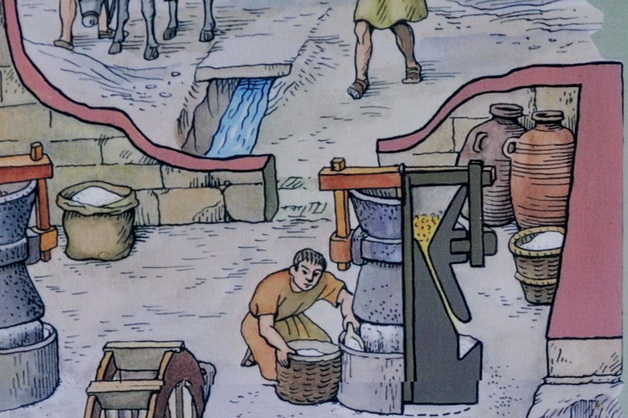
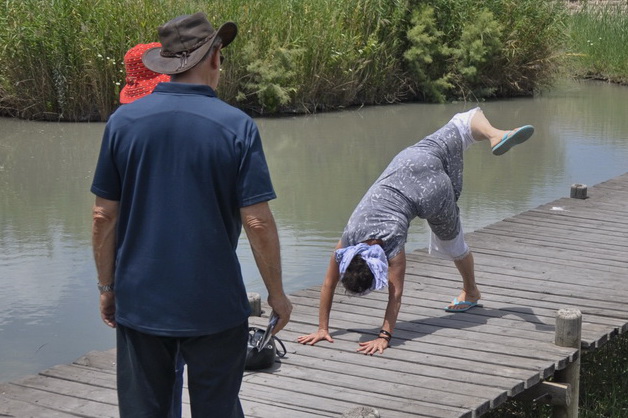
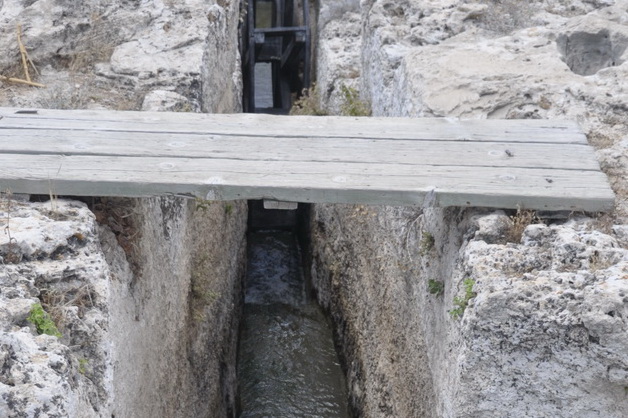
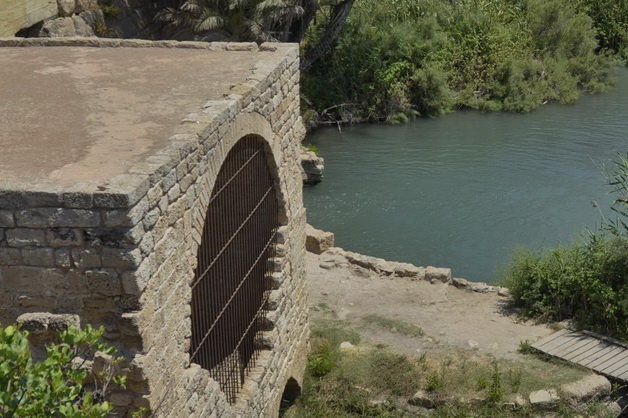
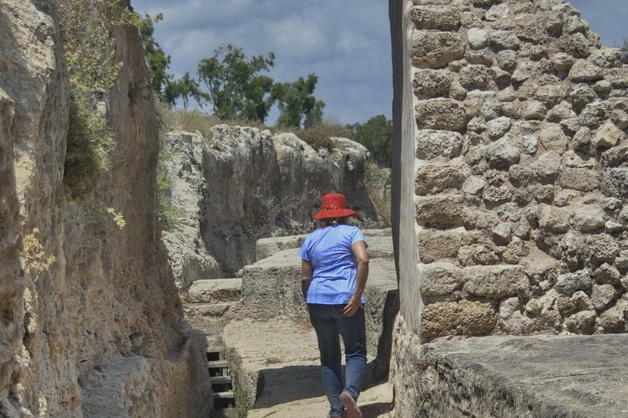




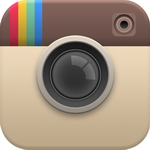
Leave A Comment
You must be logged in to post a comment.